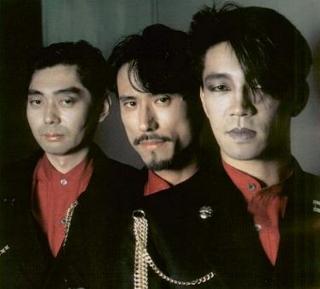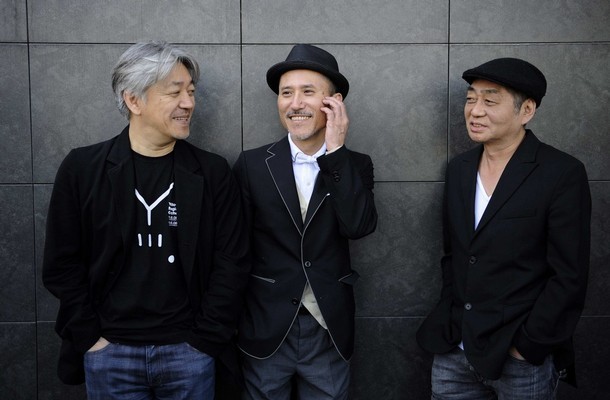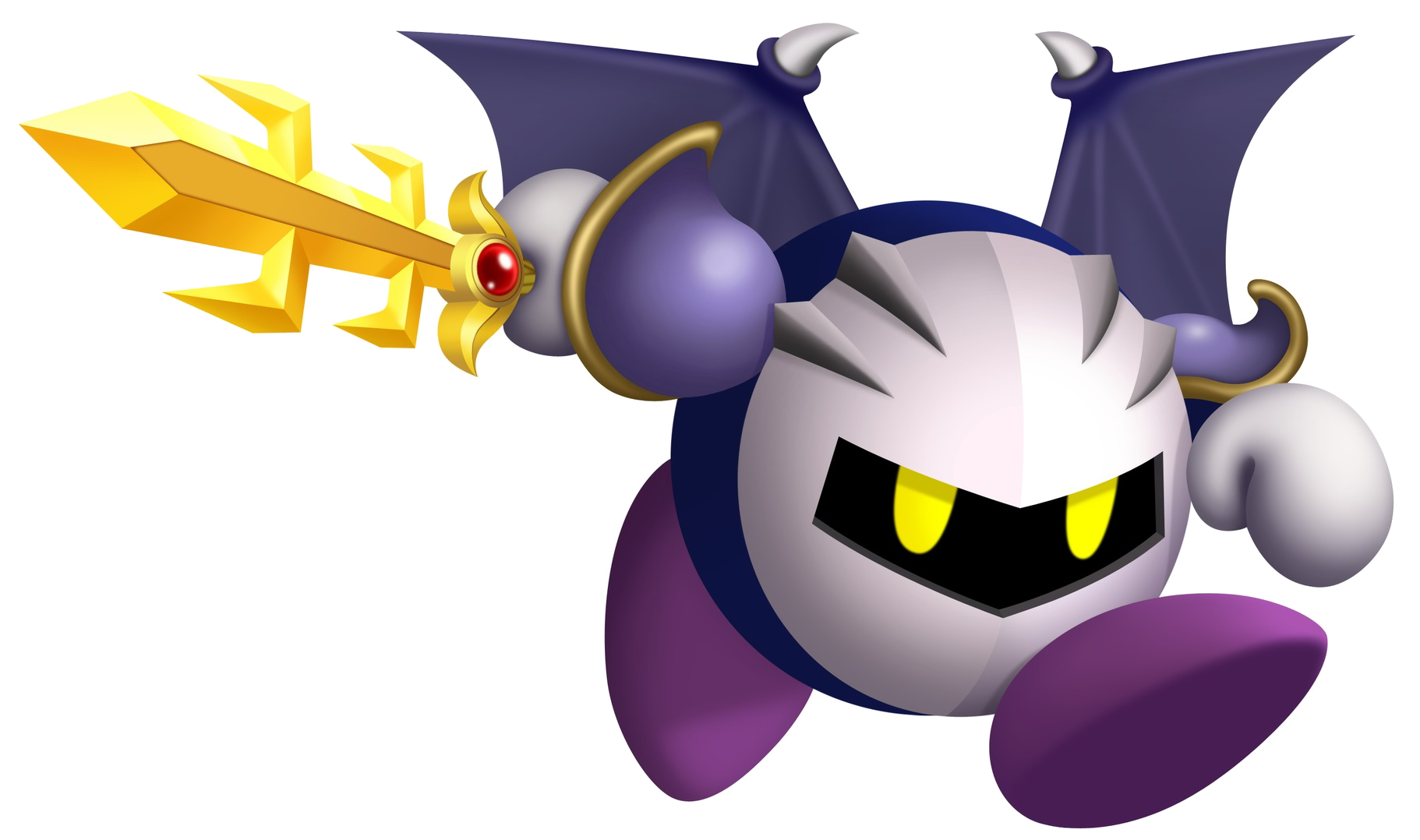The Most Influential Band You’ve Never Heard
To call Yellow Magic Orchestra a seminal influence on video game music— and electronic music in general— would be a profound understatement. During the late 1970s and early 80s, Haruomi Hosono, Yukihiro Takahashi and Ryuuichi Sakamoto defined the entire musical palate videogame composers from Koji Kondo to Hitoshi Sakamoto would use for decades to come. They were pioneers in electronic music, fusing synthesisers, samplers, sequencers and drum machines— largely considered diversionary novelties in pop and progressive rock at the time— into a compelling and cohesive sound that forever changed the face of music. Titans of pop here in the west— Jennifer Lopez, Mariah Carey, Eric Clapton and even the king of pop himself— sampled and covered some of YMO’s iconic melodies; techno, house and rave music in large part wouldn’t exist without them. Music critic Piero Scaruffi claims YMO synthpop as “perhaps the single most significant event in melodic music since Mersey-beat.”
Yet most Western gamers remain largely unaware of the huge debt video game music owes these visionaries. For our generation, for whom electronics have permeated music from the time we were born, the genius of what Yellow Magic Orchestra was able to accomplish is considerably harder to comprehend. Modern ears seem to find the tangy timbre of early synthpop as archaically cheesy, not dissimilar to comparing the harpsichord to a modern piano, and so we dismiss it as a quirky artifact from an age gone by, probably best served by staying there, even while we involuntarily tap our feet to the beat, and start humming the catchy melodies.
 But get past the superficial time-shock barrier and you’ll find some of the most engaging and instantly memorable tunes ever written, and therein lies the band’s significance. Electronic music up until YMO was predominantly an academic exercise; groups like Kraftwerk were following in the footsteps of Karlheinz Stockhausen and the minimalism of Steve Reich— sparse, focused, theoretical and mostly dystopian. YMO, especially keyboardist Ryuuichi Sakamoto, had deep respect for what Kraftwerk was doing but wanted to avoid their “very German” approach, instead deciding to take their electronic pop in a fundamentally different direction: making it less minimalistic and emphasizing warm and captivating melodic lines.
But get past the superficial time-shock barrier and you’ll find some of the most engaging and instantly memorable tunes ever written, and therein lies the band’s significance. Electronic music up until YMO was predominantly an academic exercise; groups like Kraftwerk were following in the footsteps of Karlheinz Stockhausen and the minimalism of Steve Reich— sparse, focused, theoretical and mostly dystopian. YMO, especially keyboardist Ryuuichi Sakamoto, had deep respect for what Kraftwerk was doing but wanted to avoid their “very German” approach, instead deciding to take their electronic pop in a fundamentally different direction: making it less minimalistic and emphasizing warm and captivating melodic lines.
This effectively freed, for the first time, electronica from intellectualism, showing fully electronic music is capable of mass appeal, and mass appeal on a level unheard of. From the very beginning Yellow Magic Orchestra gained a massive following in Japan, dominating the pop charts for half a decade. They managed to fuse together a daunting list of musical influences into what Sakamoto called a “bento box” of sound, managing to create a wholly unique Japanese aesthetic in the process. It’s no wonder, then, that in a Japanese soundscape largely dominated by imitated Western styles, the Japanese people were so eager to embrace a sound specifically their own.
By fusing together traditional Japanese melodic scales with modern electronics, YMO was expertly subverting the lens of exoticism and orientalism Japanese culture was invariably viewed under by the rest of the world; their success not only changed the way the outside world viewed 20th Century Japan, but how 20th Century Japan viewed themselves. Japan started to define itself as a technologically driven nation, companies like Nintendo started to retool themselves to take advantage of a new and largely untapped digital market. New hyper-electronic trends, especially cyberpunk, were picked up and amplified (if not largely defined) by YMO, laying the groundwork for later seminal masterpieces in geek culture like Ghost in the Shell and Akira.
The remarkable thing is even while introducing synthpop to a much wider audience, YMOs music was no less innovative or cutting-edge. They were the first to utilize the Roland MC-8 microprocessor, which introduced a keyboard to enter a 16 KB string of notes that could then be looped and sequenced any number of ways, allowing for a range of sounds that until then had been impossible to create. They made free use of sampling, taking a  fragment of sound from another source (like Space Invaders) and reworking it into original works, setting the template modern sampling and looping follows to this day. Believe it or not, YMOs heavy use of sampling and looping even had a profound impact on the burgeoning hip-hop movement, leading hip-hop pioneer Afrika Bambaataa to jokingly credit YMO with the creation of hip-hop, citing the enormous influence Firecracker/Computer Games had in the Bronx at the time.
fragment of sound from another source (like Space Invaders) and reworking it into original works, setting the template modern sampling and looping follows to this day. Believe it or not, YMOs heavy use of sampling and looping even had a profound impact on the burgeoning hip-hop movement, leading hip-hop pioneer Afrika Bambaataa to jokingly credit YMO with the creation of hip-hop, citing the enormous influence Firecracker/Computer Games had in the Bronx at the time.
YMOs true legacy, however, was taking completely novel technology and implementing it into music with such aplomb and ingenuity it demystified the process for the rest of the world. It turned synths and sequencers from unwieldy to indispensable and educated an entire generation in how the future should sound. Every major Japanese video game composer grew up listening to this; it was almost impossible to compose music for 8 and 16-bit mediums without having been heavily influenced by YMO: no one else had done this before. The strong and catchy melodies the Golden Age of Gaming is oft praised for is directly attributable to what YMO did. Even now, with Final Fantasy XII composer Hitoshi Sakamoto, Xenosaga’s Shinji Hosoe, Tekken’s Hiroto Sasaki, SMT series’ Shōji Meguro, Dragon Quest’s Koichi Sugiyama; all of these carry with them the completely unique soundscape Yellow Magic Orchestra plotted out two and a half decades ago. You could very well pick a random video game composer out of a hat and bet Yellow Magic Orchestra is listed among the influences somewhere.
“Ahead of their time” is a phrase I hear often when describing YMO, but I’m not sure it applies to a band that completely defines the time they were living in. They took their music to a place no one had yet to go, certainly, but they took the rest of Japan along for the ride. Ryuuichi Sakamoto, Haruomi Hosono, and Yukihiro Takahashi together managed to become what each individually could not, that most rare of artists: ones capable of pushing the envelope without having to relinquish mass appeal. Their cult-like status managed to change the face of popular music forever, and not just in Japan: electronics permeate just about every modern musical genre in all parts of the globe, and underneath it all lies the foundation set by pioneers like YMO who codified how to use electricity musically and aesthetically.


